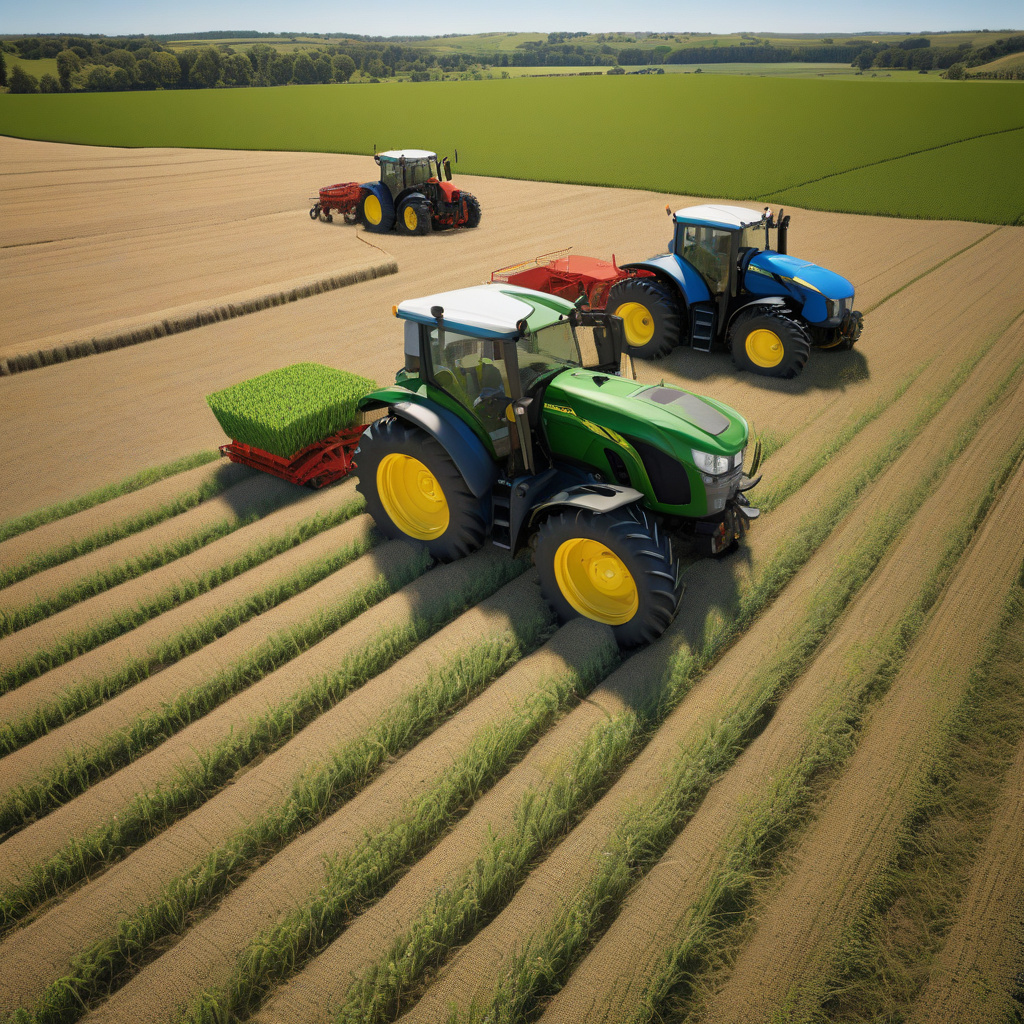In today’s digitally connected world, the Internet of Things (IoT) continues to revolutionize various industries, including agriculture. However, as technology advances, so do the risks associated with it. Recent reports have shed light on a concerning vulnerability in smart tractors that could potentially be exploited by hackers, leading to serious repercussions for farmers and the agriculture sector as a whole.
The latest IoT threat comes in the form of hackers gaining access to tens of thousands of connected tractors. These sophisticated machines, equipped with aftermarket steering systems, are designed to streamline farming operations, enhance productivity, and optimize efficiency. However, their connectivity also opens the door to malicious cyber attacks.
One of the most alarming consequences of this security flaw is the ability for hackers to spy on tractor operations remotely. By infiltrating the systems that control these smart tractors, hackers can gather sensitive data, monitor agricultural activities, and compromise the privacy of farmers. This intrusion not only violates the integrity of the farming process but also raises significant concerns about data protection and privacy rights.
Even more concerning is the potential for hackers to go beyond mere surveillance and actually take control of the tractors, effectively performing a full takeover. With the ability to manipulate steering systems, engine functions, and other critical components, malicious actors could wreak havoc on agricultural operations. This poses a serious threat to farmers’ livelihoods, crop production, and overall food supply chain.
The root cause of this vulnerability lies in the inadequate security measures implemented in the aftermarket steering systems of these smart tractors. Poor encryption, lack of authentication protocols, and insufficient cybersecurity defenses make these devices easy targets for hackers looking to exploit loopholes for their gain. As a result, farmers are left exposed to significant risks that could have far-reaching consequences.
To address this pressing issue, stakeholders in the agriculture industry must prioritize cybersecurity and implement robust measures to safeguard connected tractors and other IoT devices. This includes investing in secure hardware and software solutions, conducting regular security audits, and staying informed about the latest threats and best practices in cybersecurity.
Furthermore, manufacturers of smart tractors and aftermarket systems need to take responsibility for ensuring the integrity and security of their products. By prioritizing cybersecurity in the design and development phases, these companies can mitigate risks, protect end-users, and uphold the trust and reliability of their technology.
In conclusion, the revelation of hackers exploiting vulnerabilities in smart tractors serves as a stark reminder of the evolving threat landscape facing the agriculture industry. As technology continues to advance, so must our defenses against cyber attacks and malicious intrusions. By addressing these security concerns proactively and collaboratively, we can safeguard the future of smart farming and ensure a resilient and secure agricultural ecosystem for generations to come.

